The Brahmin Community of India: A Comprehensive Overview
The Brahmin community, traditionally considered the priestly class within the Indian caste system, has played a vital role in shaping the social, cultural, and spiritual landscape of India. Originating from the Rigvedic period, Brahmins have been historically tasked with preserving sacred texts, performing rituals, and serving as educators and scholars. Over time, the Brahmin community diversified into various sub-groups and sects, each with distinct cultural practices, regional affiliations, and gotras (lineages).
This article provides a detailed exploration of the Brahmin community, its historical evolution, and a comprehensive list of prominent sub-groups and their associated gotras.
Historical Significance of Brahmins
The roots of the Brahmin community trace back to the Vedic age, where they were regarded as custodians of knowledge and spiritual leaders. Divided into various sects based on geographic location and ritualistic practices, Brahmins have been instrumental in preserving the ancient knowledge systems of India, including the Vedas, Upanishads, and Puranas.
The Brahmin community is primarily classified into two major categories:
- Pancha-Gauda Brahmins: Located in North India, these Brahmins traditionally belong to regions north of the Vindhyas.
- Pancha-Dravida Brahmins: Found in South India, these Brahmins primarily inhabit regions south of the Vindhyas.
Understanding Gotras in the Brahmin Community
The concept of gotra refers to the lineage or ancestral line that identifies a Brahmin family. Traditionally, a gotra traces back to a sage or rishi and is used to determine matrimonial alliances, ensuring that individuals from the same gotra do not marry due to shared ancestry.
The primary gotras are derived from seven sages (Sapta Rishis):
- Vasishta
- Kashyapa
- Atri
- Bharadvaja
- Gautama
- Jamadagni
- Vishvamitra
In addition to these, several sub-gotras emerged over time, based on regional and sectarian variations.
Prominent Brahmin Communities and Their Gotras
North Indian Brahmins (Pancha-Gauda)
- Kanyakubja Brahmins
Origin: Central Uttar Pradesh
Key Gotras: Bharadvaja, Gautama, Kashyapa, Vasishta
- Saraswat Brahmins
Origin: Kashmir, Punjab, and Himachal Pradesh
Key Gotras: Bharadvaja, Vishvamitra, Vasishta
- Maithil Brahmins
Origin: Mithila region (Bihar)
Key Gotras: Sandilya, Gautama, Vasishta
- Gaud Brahmins
Origin: Uttar Pradesh and Madhya Pradesh
Key Gotras: Kashyapa, Bharadvaja, Vasishta
- Utkala Brahmins
Origin: Odisha
Key Gotras: Atri, Kashyapa, Bharadvaja
South Indian Brahmins (Pancha-Dravida)
- Iyer Brahmins
Origin: Tamil Nadu
Key Gotras: Bharadvaja, Atri, Gautama, Kashyapa
- Iyengar Brahmins
Origin: Tamil Nadu (Sri Vaishnavite tradition)
Key Gotras: Bharadvaja, Vasishta, Kashyapa
- Namboothiri Brahmins
Origin: Kerala
Key Gotras: Vasishta, Kashyapa, Bharadvaja
- Madhva Brahmins
Origin: Karnataka (followers of Madhvacharya)
Key Gotras: Atri, Kashyapa, Bharadvaja
- Smartha Brahmins
Origin: Karnataka and Andhra Pradesh
Key Gotras: Gautama, Bharadvaja, Vasishta
Western Indian Brahmins
- Deshastha Brahmins
Origin: Maharashtra
Key Gotras: Bharadvaja, Kashyapa, Vasishta
- Chitpavan Brahmins
Origin: Maharashtra and Goa
Key Gotras: Kaushika, Kashyapa, Jamadagni
- Konkanastha Brahmins
Origin: Konkan region
Key Gotras: Bharadvaja, Kashyapa, Jamadagni
- Goan Saraswat Brahmins
Origin: Goa
Key Gotras: Kashyapa, Vasishta, Gautama
Eastern Indian Brahmins
- Rarhi Brahmins
Origin: West Bengal
Key Gotras: Bharadvaja, Kashyapa, Sandilya
- Varendra Brahmins
Origin: Bangladesh and eastern West Bengal
Key Gotras: Gautama, Kashyapa, Bharadvaja
- Kulin Brahmins
Origin: West Bengal
Key Gotras: Kashyapa, Sandilya, Vasishta
Brahmin Sub-Sects and Ritualistic Practices
In addition to geographic divisions, Brahmins are further classified based on religious practices:
Vaishnavite Brahmins: Devotees of Lord Vishnu, following rituals and philosophies associated with Vaishnavism.
Shaivite Brahmins: Followers of Lord Shiva, they emphasize Shaivite traditions and rituals.
Smartha Brahmins: Adhering to Advaita Vedanta, they worship multiple deities with equal reverence.
Challenges and Contemporary Role of Brahmins
In modern India, Brahmins continue to play a prominent role in academia, politics, and spirituality. However, the community has also faced criticism for historical caste-based discrimination. Efforts are underway to reconcile traditional practices with modern egalitarian values.
Despite these challenges, Brahmins have adapted to changing times, excelling in various professional fields while preserving their cultural and spiritual heritage.
Conclusion
The Brahmin community is a cornerstone of Indian society, representing a rich tapestry of cultural, spiritual, and intellectual traditions. With diverse sub-groups and gotras, they embody India’s pluralistic ethos. Understanding the lineage and practices of Brahmins sheds light on the broader cultural heritage of India, emphasizing the importance of preserving ancient traditions while embracing modernity.

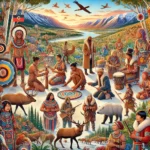
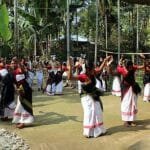





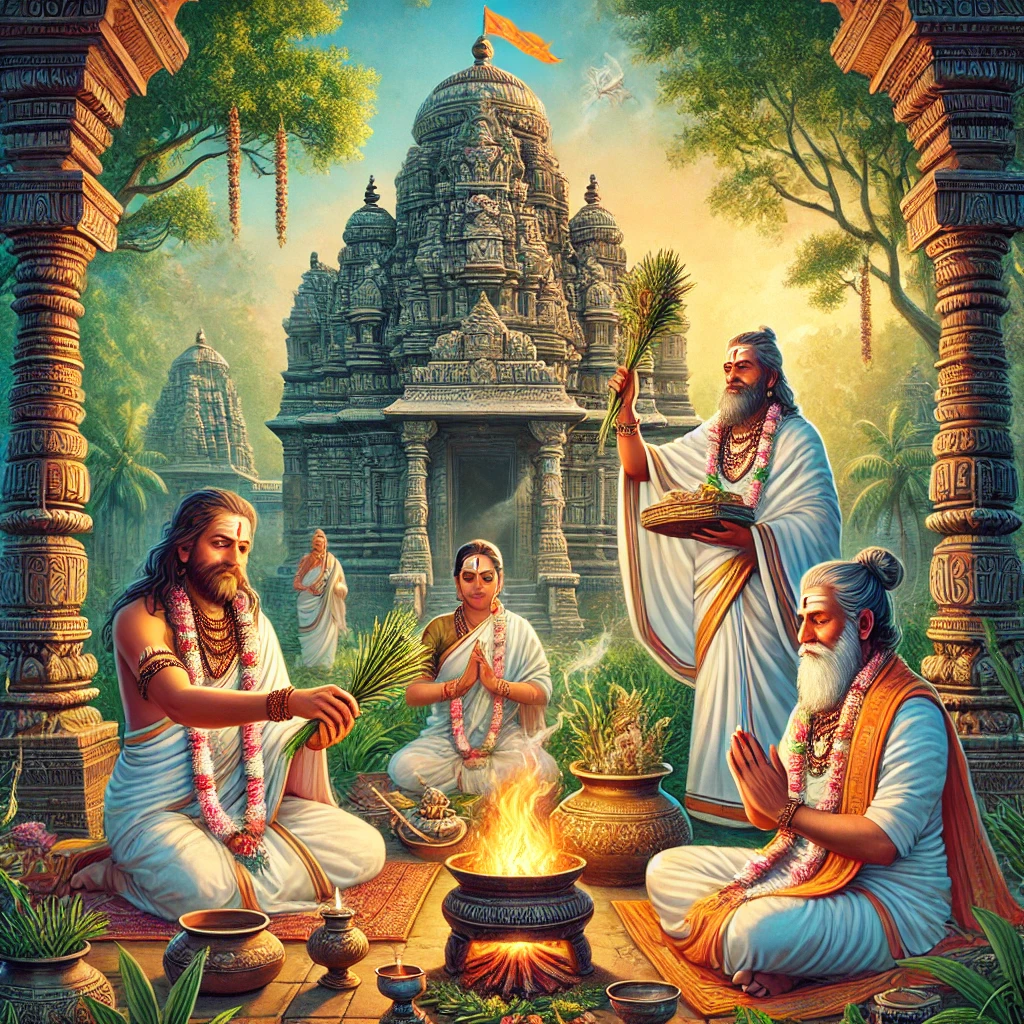
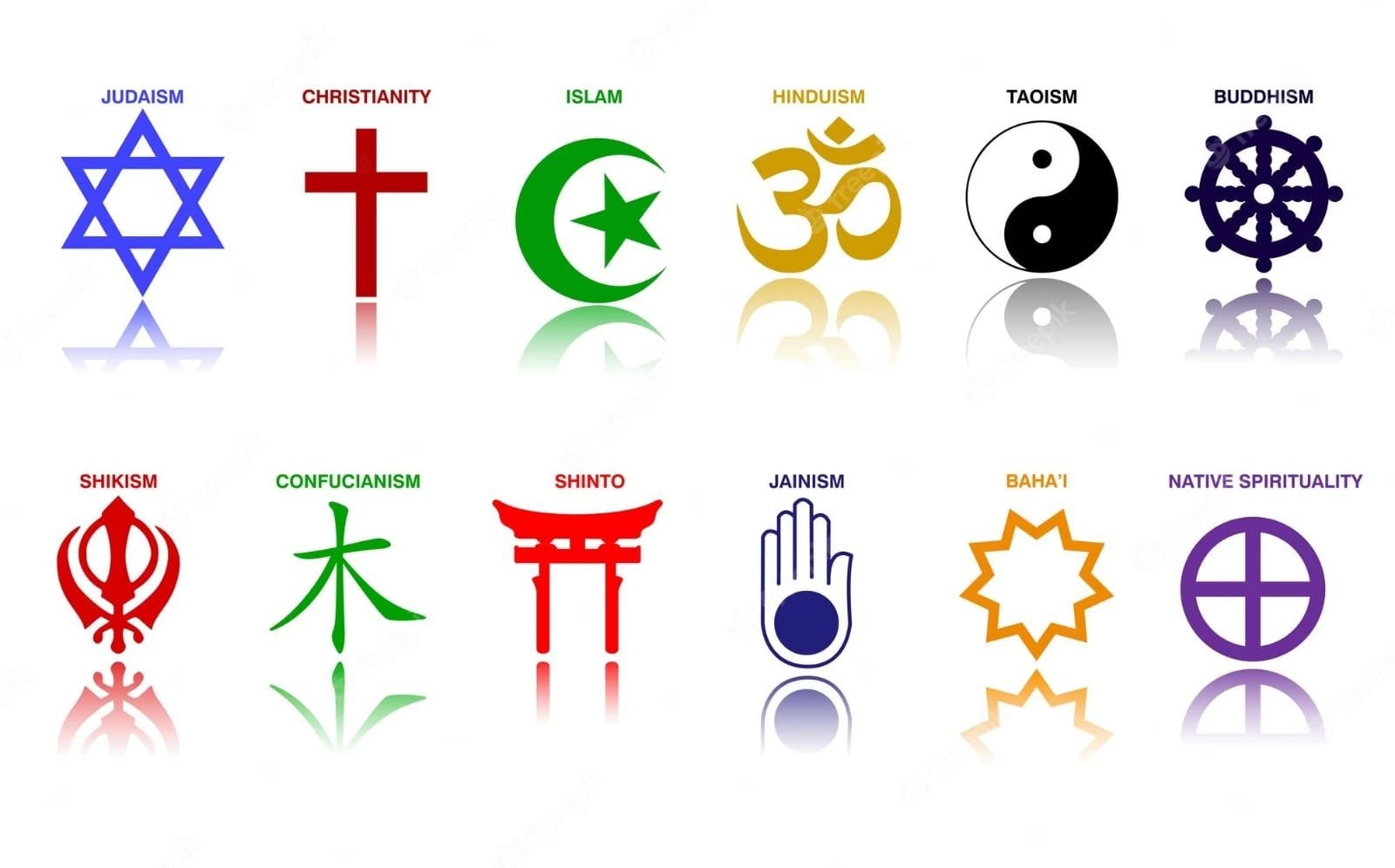

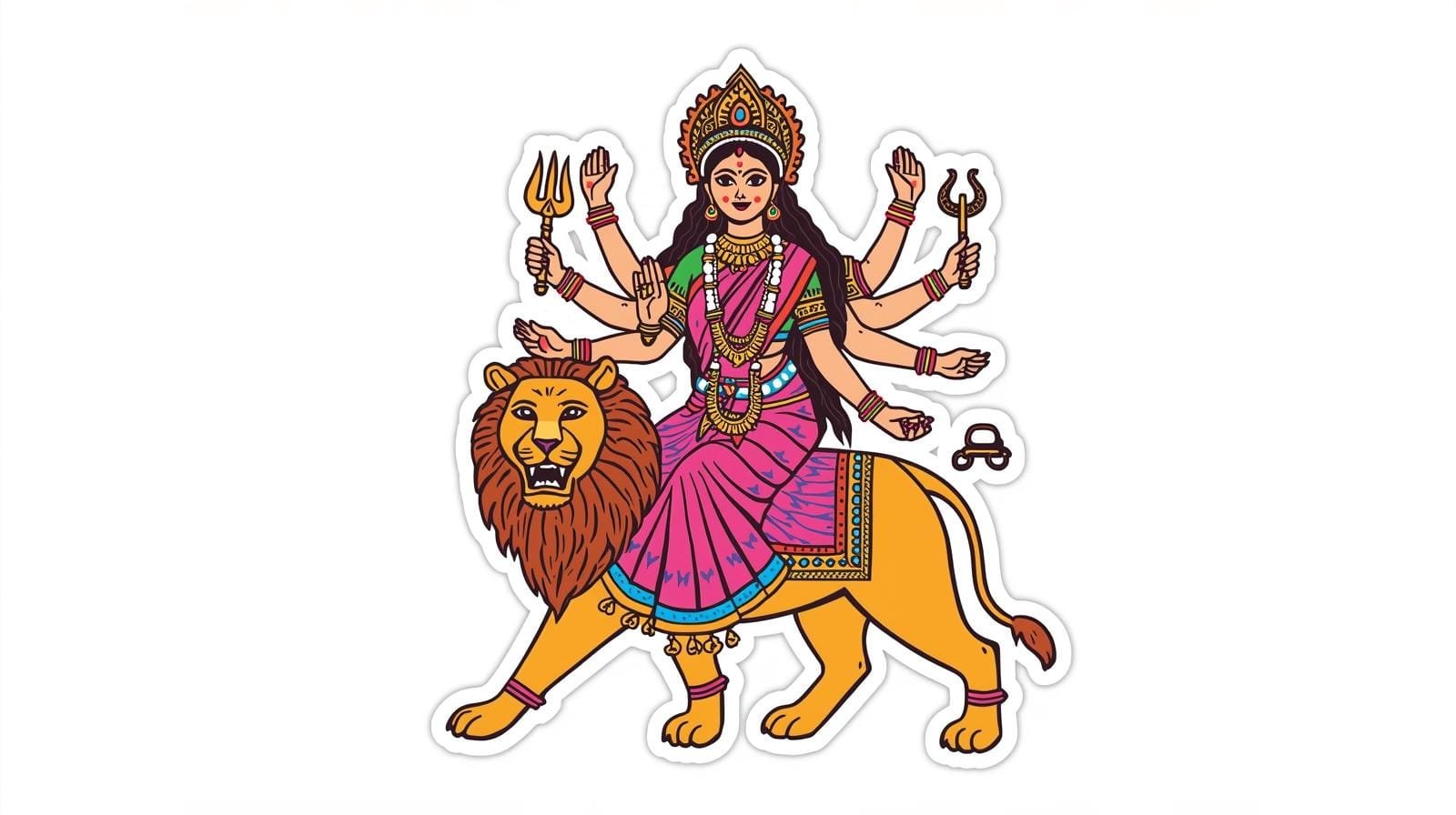
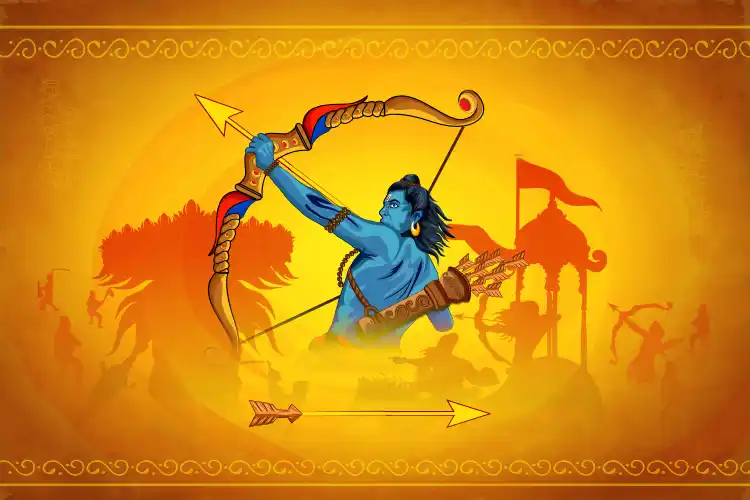
Thanks for everything! 🤩
In my opinion you are not right. I am assured. Let’s discuss.